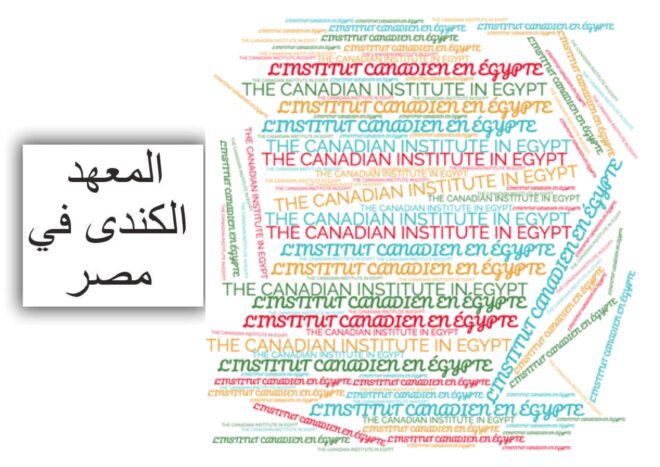A Short History of the Canadian Institute in Egypt
The Canadian Institute was created by Mr. G.E. Freeman, President with Professor Donald Redford, Vice President, with protocols signed with Egyptian Ministry of Foreign Affairs committing the CIE to the support and promotion of a wide range of activities in the sciences, humanities of the arts.

- Between 1982 and 1999 (in 1999, public Canadian financial support became unavailable) the Canadian Institute in Egypt supported the following projects:
- The Akhenaten Temple Project (University of Toronto, D.B. Redford Director)
- The Dakhleh Oasis Project (Royal Ontario Museum, A.J. Mills Director)
- The Egyptian Expedition of the University of Arizona (R. Wilkinson, Director)
- The Epigraphic Project – Theban Tomb 89 (Royal Ontario Museum; R.L. Shaw and L.P. Brock, Directors)
- The Gebel el-Haridi Survey (Egypt Exploration Society; S. Orel, C. Kirby Directors)
- The Ilahun Project (Royal Ontario Museum, N.B. Millet director)
- The Survey of the Eastern Canal, Sinai (Wheaton College, Wheaton, Ill; J.K. Hoffmeier, Director)
- The Tell Farama Excavations (Royal Ontario Museum, K. Grzymski, Director)
- The Tell Kedwa Excavations (University of Toronto, D. B. Redford, Director)
- The Tell er-Rub’a (Mendes) Excavations (Universities of Illinois, Washington, Toronto; D. Brewer, R. Wenke, D.B. Redford Directors)
- The Tomb of Amenmesse Clearance (University of Minnesota; O.Schaden, Director)
- The Wady Tumilat Project (University of Toronto; J.S. Holladay jr., Director).
The Institute itself did not formally sponsor the expeditions listed above. It provided administrative and logistics assistance through its office in Cairo located in Ma’adi with the help of a Resident Director and a Business Manager.
-
Between 1999 and 2014, due to lack of funds, The Canadian Institute in Egypt closed its Ma’adi office.
-
2014 – 2024. Dr. Antoine Hirsch suggested that the Canadian Institute could be revived on a model more compatible with modern communications (internet) and advanced technology: databases, electronic record-keeping, aerial surveying (drones), photogrammetry, GIS technology, 3D modeling, electronic publishing, and social media. This approach would benefit Egyptian and Canadian students with overheads far less expensive than the traditional “Brick and Mortar” expenses the Canadian Institute paid between 1999 and 2014.
-
The first step, in June 2014, was to confirm with the Canadian Embassy in Cairo that the protocols signed in 1982 between the Governments of Egypt and Canada were still valid.
-
The second step was to create and maintain an electronic presence for the Canadian Institute in Egypt; click here to access the Canadian Institute’s Facebook page (https://www.facebook.com/canadianinstituteinegypt.org).
-
The third step, still in progress, is to increase academic interest and support into new technologies, particularly Artificial Intelligence, and GIS and Lidar technologies applied to archaeology, history, and tourism.
- 2024. The death of Professor Donald B. Redford, the original founding member and Vice President of the Institute, marked a turning point for Canadian involvement in Mendes (Tell el-Rub’a), an important archaeological site in Egypt. As a leading Egyptologist, Redford significantly advanced research there.
In light of this change, the Institute has shifted its focus to improving electronic publishing (Scripta-Antiqua) and studying ancient Egyptian influence outside Egypt. Cyprus is the first target for this new approach, given its rich history of interaction with ancient Egypt.
The Institute is collaborating with Bay-Bloor Charities Inc. to support research initiatives in Cyprus. This partnership potentially opens opportunities to explore connections with the Phoenicians’ Route, examining how ancient Egyptians and Phoenicians interacted.
Overall, this strategy enhances the Institute’s research capabilities and deepens understanding of the relationships between ancient civilizations.